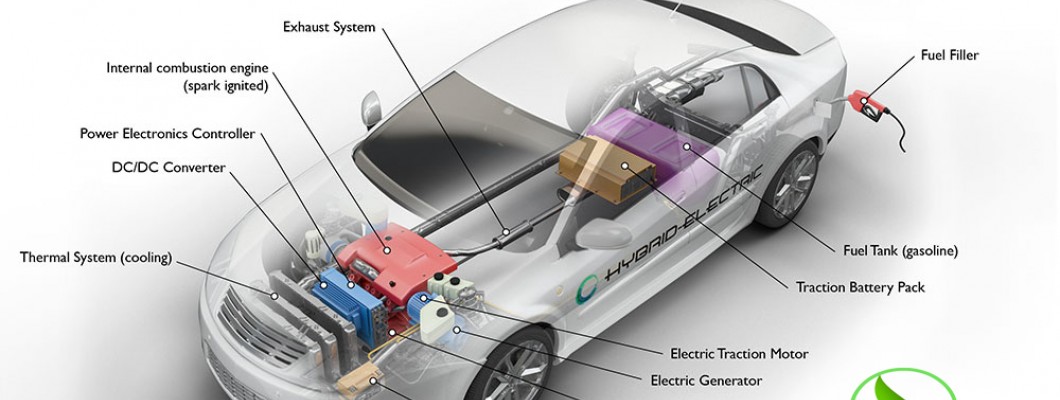
Hybrid, Plugin Hybrid and Electric Vehicles
With
increasingly need for global better environmental preservation, Industries has
come up with inventions that produce less toxins to the environment. One of these
endeavors is green energy that has come up to replace the fuel and gasoline
combustive engines. In the Automotive industries, the leading manufacturers has
in the last two decades produced range of vehicles powered by electric or
combination with gasoline.
This has
resulted with
- All electric Vehicles
- Hybrid Electric Vehicles
- Plugin Hybrid Electric Vehicles
All electric Vehicles
All-electric vehicles, also referred to as battery electric vehicles (BEVs), have an electric motor instead of an internal combustion engine. The vehicle uses a large traction battery pack to power the electric motor and must be plugged in to a wall outlet or charging equipment, also called electric vehicle supply equipment (EVSE). Because it runs on electricity, the vehicle emits no exhaust from a tailpipe and does not contain the typical liquid fuel components, such as a fuel pump, fuel line, or fuel tank
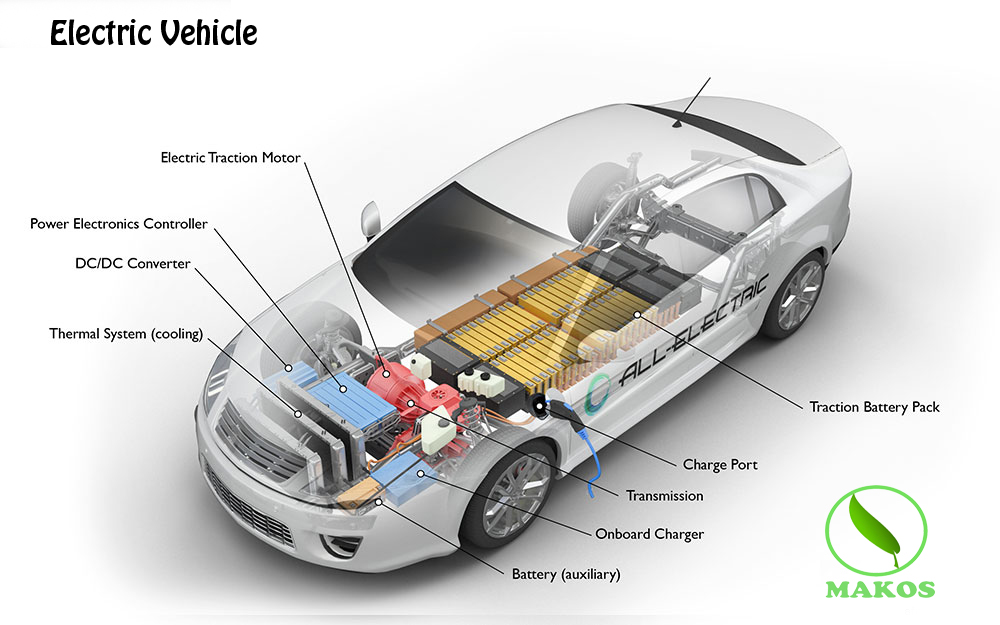
Hybrid Electric Vehicles
Hybrid electric vehicles are powered by an internal combustion engine and one or more electric motors, which uses energy stored in HEV batteries. A hybrid electric vehicle cannot be plugged in to charge the battery. Instead, the battery is charged through regenerative braking and by the internal combustion engine. The extra power provided by the electric motor can potentially allow for a smaller engine. The battery can also power auxiliary loads and reduce engine idling when stopped. Together, these features result in better fuel economy without sacrificing performance
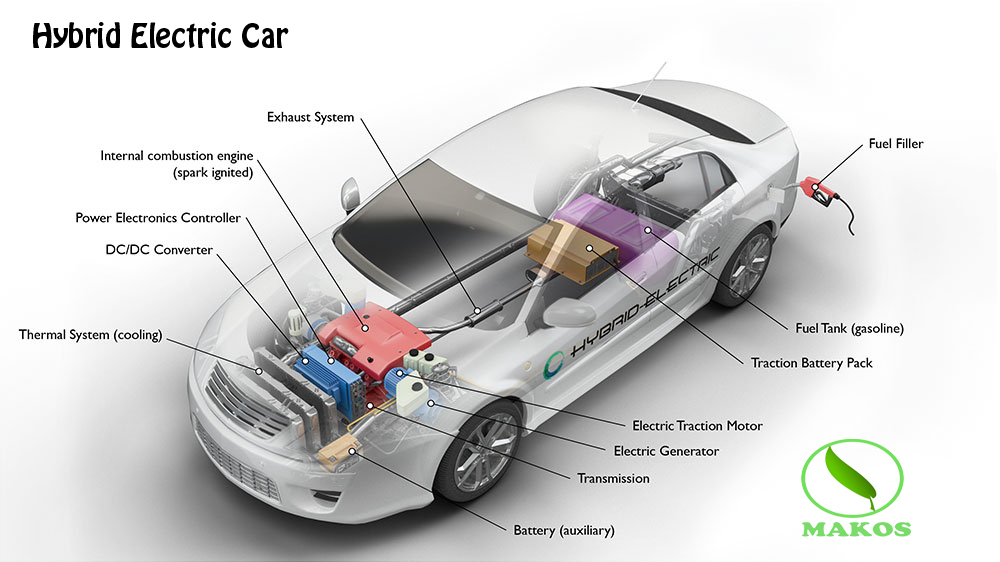
Fuel-Efficient System Design
HEVs can be either mild or full hybrids, and full hybrids can be
designed in series or parallel configurations.
·
Mild hybrids—also called micro hybrids—use a
battery and electric motor to help power the vehicle and can allow the engine
to shut off when the vehicle stops (such as at traffic lights or in stop-and-go
traffic), further improving fuel economy. Mild hybrid systems cannot power the
vehicle using electricity alone. These vehicles generally cost less than full
hybrids but provide less fuel economy benefit than full hybrids.
·
Full hybrids have larger batteries and more
powerful electric motors, which can power the vehicle for short distances and
at low speeds. These vehicles cost more than mild hybrids but provide better
fuel economy benefits.
There are different ways to combine the power from the electric motor
and the engine. Parallel hybrids—the most common HEV design—connect
the engine and the electric motor to the wheels through mechanical coupling.
Both the electric motor and the internal combustion engine drive the wheels
directly
Plug-In Hybrid Electric Vehicles
Plug-in hybrid electric vehicles (PHEVs) use batteries to power an electric motor, as well as another fuel, such as gasoline or diesel, to power an internal combustion engine or other propulsion source. PHEVs can charge their batteries through charging equipment and regenerative braking. PHEVs may also produce lower levels of emissions , depending on the electricity source and how often the vehicle is operated in all-electric mode.
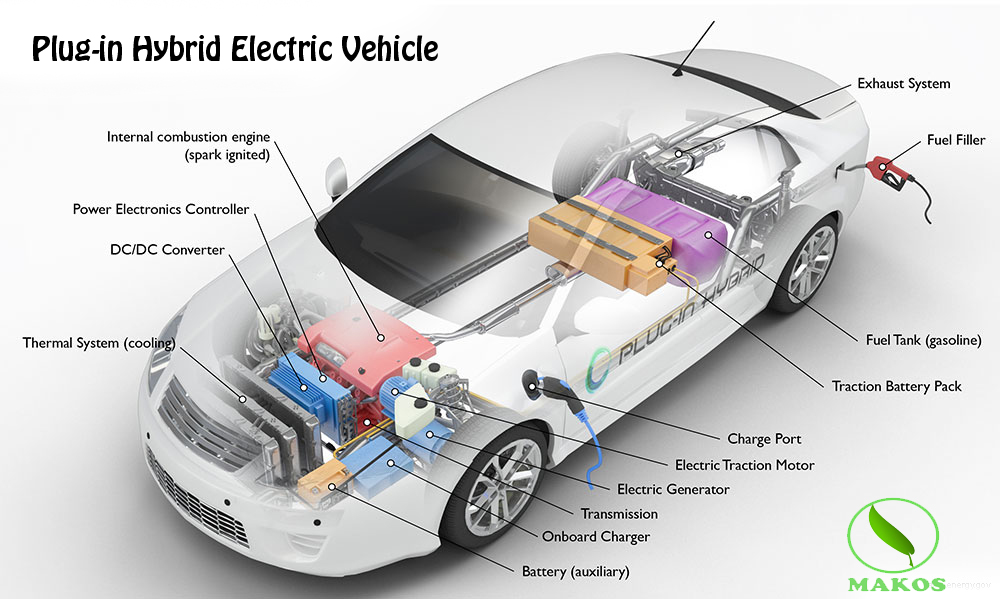
What is the Battery Differences in EV, HEV, PHEV?
1. EV (Electric Vehicle) Battery
3. PHEV (Electric Vehicle) Battery
Another difference is the distance they can travel before their gas engines
turn on. A PHEV will run anywhere from 16 to 65 kilometer, whereas an HEV will
only run less than 3 to 5 Kilometer.
NB: All of the above vehicles will require maintenance for their batteries, also
called energy storage systems.
Batteries are essential to EVs, HEVs, and PHEVs. There are lithium-ion, nickel-metal hydride, and lead-acid energy storage systems. In addition to the above, there are also ultracapacitors that are used to provide additional power during acceleration.
To maintain these vehicles, it is important to have the batteries regularly checked per the car manufacturer.
Powertrain: Most EV, HEV, and
PHEV vehicle manufacturers offer long warranties on powertrains, which speaks
to their lasting reliability. The powertrain is simple and requires little
maintenance (replacing fluid) when compared to gas-powered vehicles.
Brakes: With the regenerative braking system,
brake wear is lower for those that rely on friction braking. However,
components of friction braking such as rotors, pads, and brake fluid will still
need to be replaced at some point.
Cooling: The energy storage systems on these
vehicles use a coolant or refrigerant to keep key parts (charger, inverter, and
battery pack) cool. Therefore, maintenance for cooling systems may require
infrequent coolant flushes to help the vehicle’s efficiency.
Batteries: As for the maintenance of EV batteries,
it is more about prolonging their life. Over time the packs will degrade, and
the ability to hold a charge will decrease gradually. To prolong the life of
these batteries, you can do the following:
- In
storage and in use, minimize high and low temperatures
- Minimize
the urge to want to stay at a 100% state of charge/Don’t stay at 0% for
very long either
- Although
convenient, avoid fast charging
- Avoid
storage in high moisture areas
- Avoid
damage to mechanical components
- Ultimately,
be sure to follow the manufacturer’s calibration instructions/This will
often require you to complete an initial full discharge
EV vs. HEV and PHEV
Maintenance
When comparing all
three electric vehicle types, we can see that the HEV and the PHEV will require
more maintenance because it has a conventional combustion engine and an
electric drivetrain. However, overall, the maintenance is significantly less
when put up against an internal combustion engine.
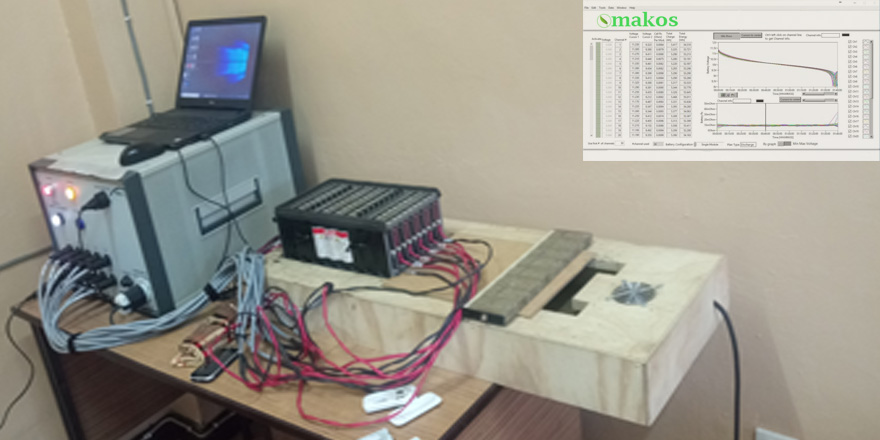
Recycling
EV Batteries
Makos Autotech with other global players has carried and continues to do extensive research on the batteries recycling and reconditioning

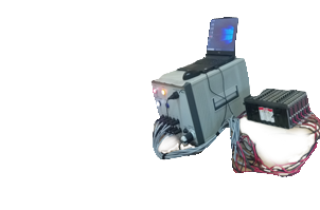









6 Comment(s)
1
1
1
1
1
1
Leave a Comment